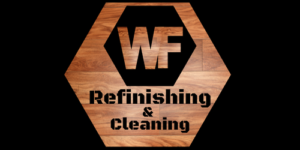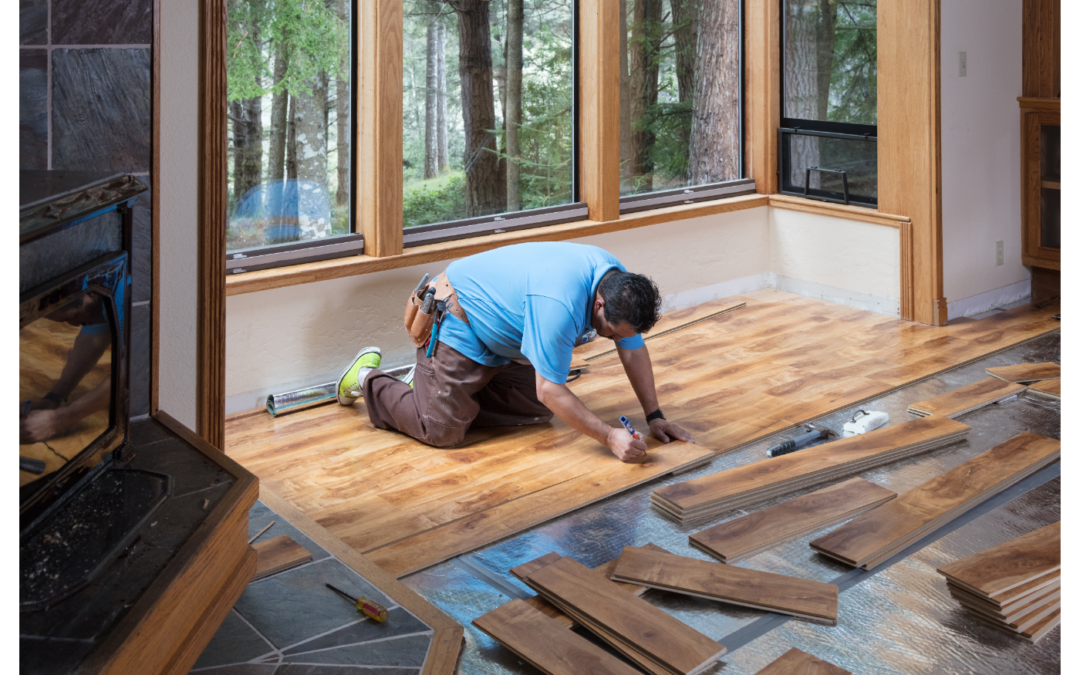Exploring the Benefits of Installing Hardwood Floors
When it comes to flooring options, hardwood floors have long been revered for their timeless beauty, durability, and natural appeal. They are a popular choice for homeowners and designers alike due to their numerous benefits. In this article, we will delve into the advantages of installing hardwood floors and explore the differences between finished and unfinished hardwood as well as solid and engineered wood options.
Benefits of Installing Hardwood Floors:
- Enhanced Aesthetics: Hardwood floors lend an elegant and sophisticated look to any space. Their natural warmth and varied grain patterns create a visually appealing ambiance, adding a touch of luxury to both traditional and contemporary interiors. Hardwood floors come in a wide range of species, colors, and finishes, allowing homeowners to select the perfect style to complement their décor.
- Longevity and Durability: Hardwood floors are renowned for their durability and longevity. When properly maintained, they can withstand heavy foot traffic and daily wear and tear for decades. Hardwood can be sanded and refinished multiple times, refreshing its appearance and extending its lifespan, making it a wise long-term investment.
- Easy Maintenance: Hardwood floors are relatively easy to maintain compared to other flooring options. They can be cleaned with regular sweeping or vacuuming to remove dirt and debris, and occasional damp mopping is usually sufficient to keep them looking their best. Furthermore, hardwood floors do not trap allergens like dust, pollen, or pet dander, making them an ideal choice for individuals with allergies.
- Increased Home Value: Installing hardwood floors can significantly increase the value of your home. Potential buyers are often drawn to properties with hardwood flooring due to their durability, timeless appeal, and the perceived quality they bring to a space. This makes hardwood floors a worthwhile investment, offering both aesthetic and financial benefits.
Finished or Unfinished Hardwood:
Finished hardwood refers to flooring that has been treated with stain and a protective topcoat at the factory. This makes it ready for installation as soon as it arrives, eliminating the need for on-site finishing. Finished hardwood offers convenience and reduces installation time.
On the other hand, unfinished hardwood is raw wood that requires on-site sanding, staining, and finishing after installation. This allows for more customization options, as the stain and finish can be tailored to meet the specific requirements of the homeowner. Unfinished hardwood is often chosen when a unique color or finish is desired.
Solid or Engineered Wood:
Solid hardwood is made from a single piece of wood throughout its thickness. It offers excellent durability and can be sanded and refinished multiple times, providing a floor that can last for generations. Solid wood is susceptible to changes in moisture and temperature, and it is not recommended for installation below ground level or in areas with high humidity.
Engineered wood, on the other hand, consists of multiple layers of wood veneer glued together, with the top layer being real hardwood. Engineered wood is more stable and less prone to expansion and contraction due to changes in moisture and temperature. This makes it suitable for a wider range of environments, including basements and bathrooms. Engineered wood can also be sanded and refinished, but the number of times is limited by the thickness of the hardwood veneer.
Hardwood floors offer a range of benefits, from their aesthetic appeal and longevity to their easy maintenance and increased home value. Whether you opt for finished or unfinished hardwood, or solid or engineered wood, each option has its own advantages depending on your specific needs and preferences. Ultimately, hardwood flooring is a timeless investment that brings natural beauty and character to any home, making it a popular and enduring choice for discerning homeowners.
General Questions
How expensive is Clean & Recoat?
Prices will vary but typically a contractor will charge you less than what they would charge you for sanding and refinishing the floor. Pricing will depend on how much time they spend cleaning a floor, the type of finish they use and the number of applications of finish they make. Get several estimates but pay careful attention to how long they will take, how they will prep the surface and the type of finish they will use.
Is this a dusty, smelly process?
The smell of the chemicals used to clean the floors is comparable to typical household cleaners and are not toxic or hazardous. The buffers we use have dust containment systems attached to vacuums to minimize any dust from prep work. We only work with waterborne urethanes that have no offensive odors. Done correctly, Clean & Recoat is the least invasive recoating process on the market today.
How log will a Clean & Recoat last?
With proper care and maintenance and by following a common sense approach to reduce wear and damage, a floor that’s been recoated can give you years of excellent service. I’ve seen floors that I recoated more than ten years ago that are still in very good shape. Most floors that are being recoated will be getting a waterborne finish and these finishes are very good and easily maintained.
What is Laminate Flooring?
Laminate flooring is a tongue and groove interlocking flooring system that comes in either planks or squares. All of these floors have a wear layer, a decorative print film layer, an inner core structure, and some type of backing support layer — usually melamine. The print film layer is either fused or glued to the inner core. The print film can be a photo of any real floor. The earlayer is applied to the decorative print layer to protect the pattern. Melamine resins are the main component of the wearlayer. The melamine surface gets its incredible durability from aluminum oxide. Aluminum oxide is almost as hard as diamonds and provides unsurpassed wear and stain resistance.
What is Engineered Flooring?
Engineered flooring is produced by bonding three or more layers of wood. The crossing of grain direction within the boards makes this a very dimensionally stable product able to resist nearly all expansion and shrinkage from normal moisture changes. This is one primary feature that makes it suitable for use directly on concrete and below-grade application.
Will my floor age or change color?
Yes. You can expect to see shade differences in your floor over time. The cause is usually from exposure to the ultra-violet rays of the sun, whether direct or indirect. This color change will be more noticeable in lighter colors, which will darken over time. In addition, certain species like Brazilian cherry, will naturally darken over the years. These changes are due to the natural characteristics of wood and are not covered by most manufacturers’ warranties.
What is Custom Finishing?
Sanding and refinishing performed to individual specifications. Custom finishing of wood floors is performed in the home on the completely installed new floor, or to refurbish a previously finished floor. Custom finishing permits the owner to select from a full range of stains, sheens and colors.
Floor Cleaning Topics:
- Steam Carpet Cleaning -Summit NJ
- How to dry carpet after cleaning
- How to get rid of odor in carpets
- Basement water damage -steam carpet cleaning
- Lear how to clean wood floor
- How often should I clean my carpet?
- Best Homemade carpet cleaner
- Hotel Carpet Cleaning
- Our Expertise in High-Traffic Areas ( Hotels, Apartments buildings…)
- Expert Commercial Carpet Cleaning Services
Is it better Shampoo or steam cleaning?
Steam cleaning stands out as a supremely effective method, owing to its advanced technology and integrated machinery. Moreover, the infusion of hot water and cleansing agents ensures a swift and thorough penetration into upholstery, surpassing the efficacy of traditional shampooing techniques.


